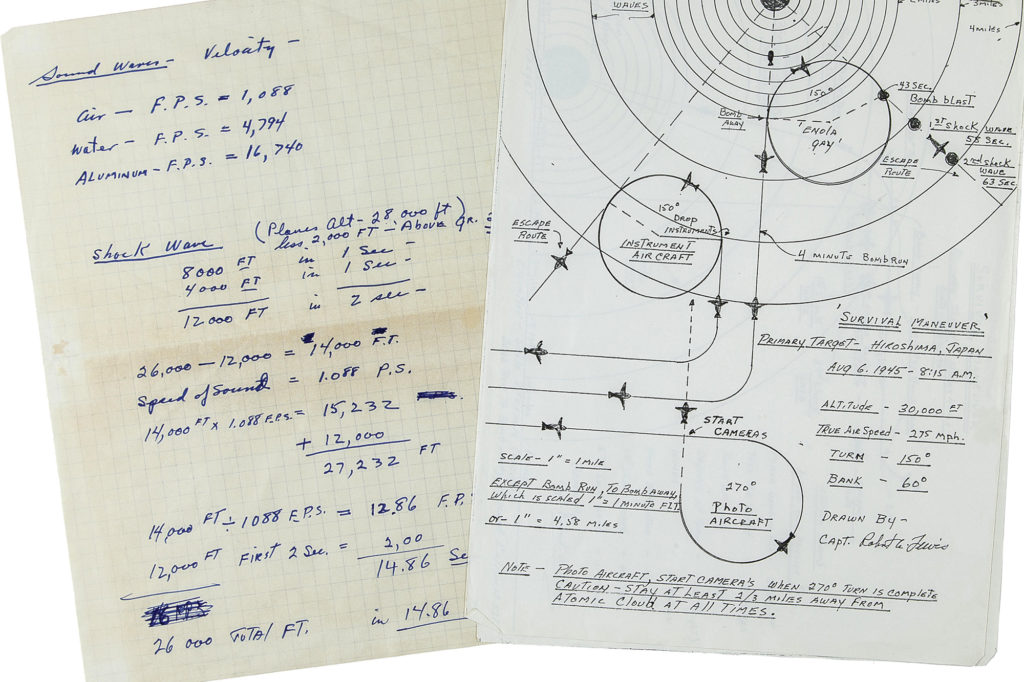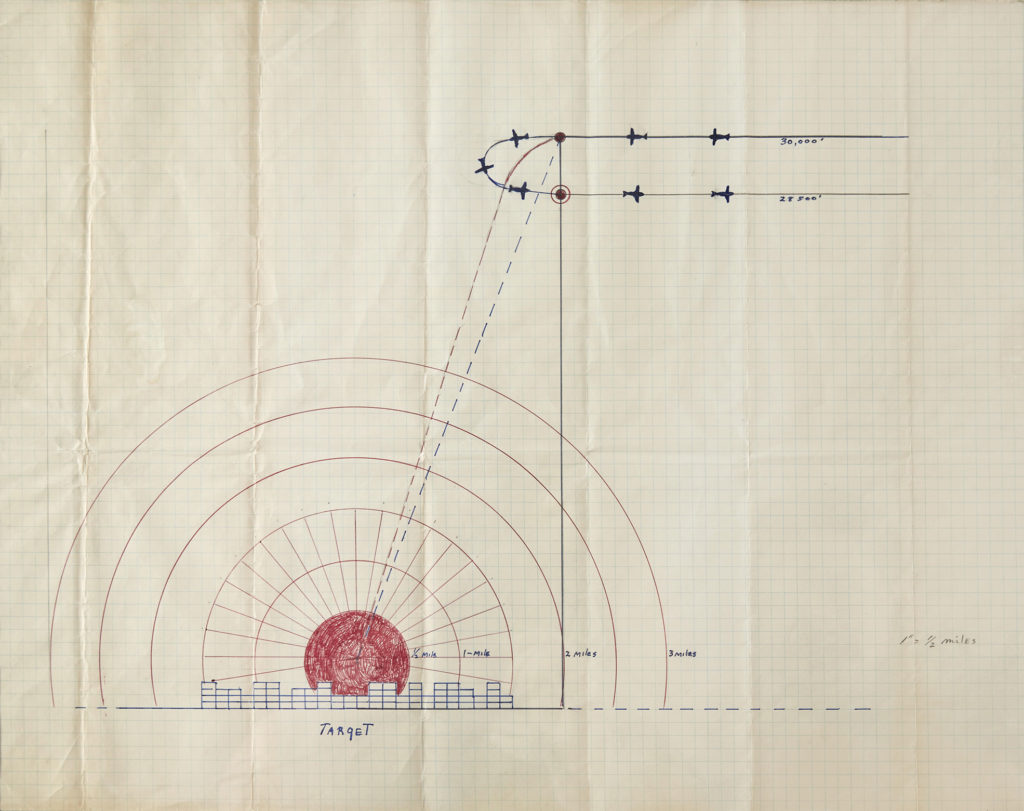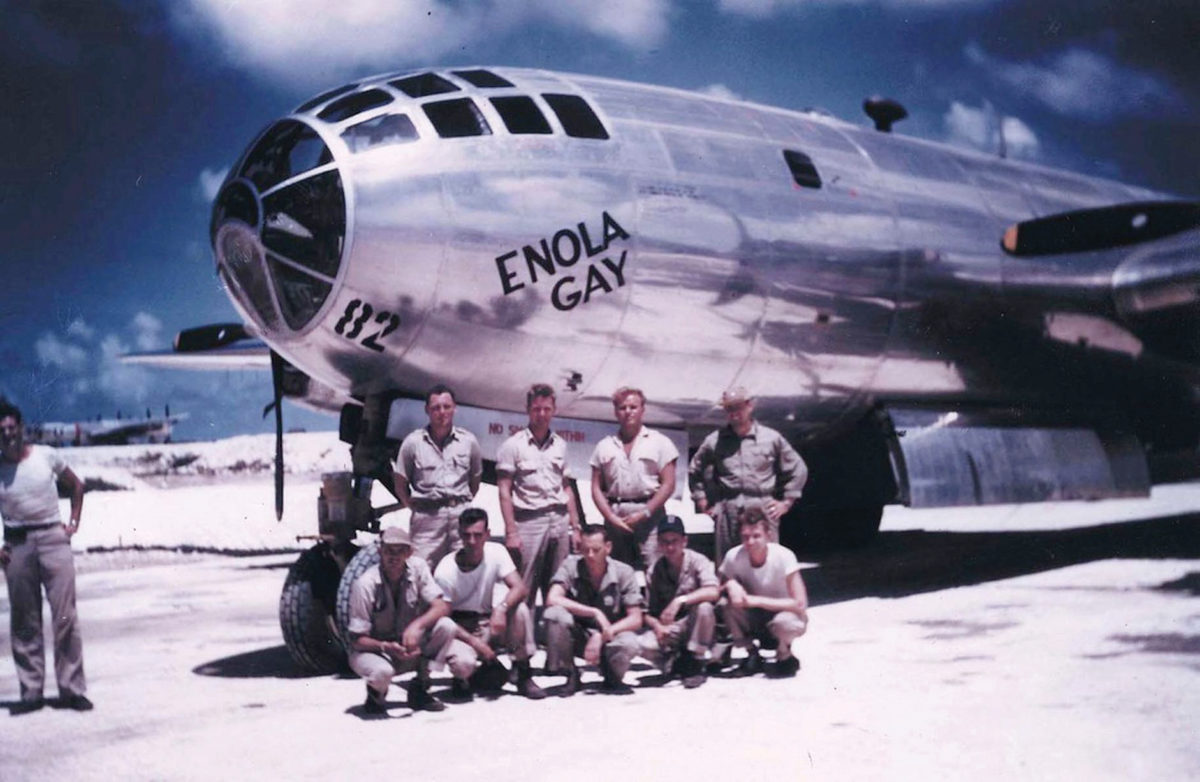IF I LIVE A HUNDRED YEARS, I’ll never quite get these few minutes out of my mind,” Robert A. Lewis wrote shortly after the B-29 he was copiloting, the Enola Gay, dropped an atomic bomb on Hiroshima. In August 1945 the confident and rambunctious Lewis was 27, with sturdy, all-American good looks and a reputation as a skilled pilot and determined ladies’ man. Lewis had enlisted in the Army Air Corps early in the war; electronics experience got him a gig testing weapons systems on a bomber under development, the B-29 Superfortress. Another pilot in the B-29 program, Lieutenant Colonel Paul W. Tibbets, selected Lewis to join him in a combat force—the 509th Composite Group—training in secret to use the bomber to deliver a weapon of unprecedented power.


Lewis, later a settled family man with five children, spent a lifetime reflecting on the mission. “He would place items on the dining room table and then we would spend most of our day together discussing them in detail,” Lewis’s youngest son, Steven, recalled. The elder Lewis gave the artifacts on these pages to Steven; they went up for sale last April at New York’s Bonhams auction house, where the collection brought in $112,000, and offered a revealing look at one man’s war story.
Originally published in the September/October 2015 issue of World War II magazine. Subscribe here.





